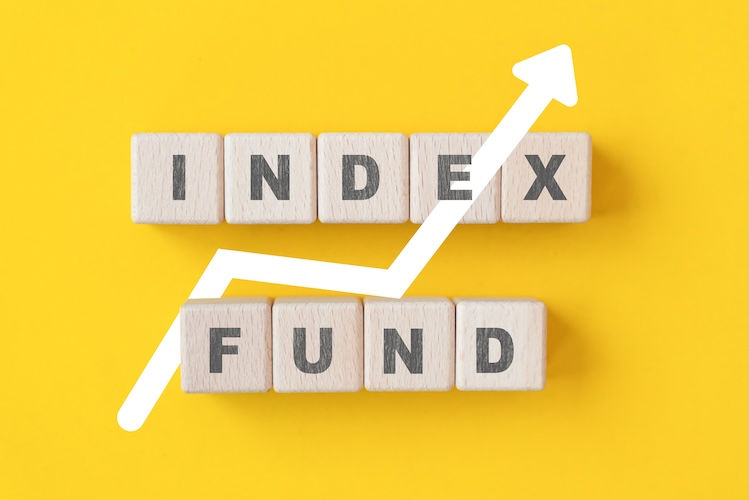Tips for New MDs: Dealing with Medical School Debt
- David Day

- Apr 18, 2019
- 6 min read
Updated: Aug 27, 2019
Upon graduating from med school, 75% of doctors have student loan debt to confront, often as much as $200,000. If you are faced with a hefty loan burden, conversations about saving for retirement or making other financial plans may seem irrelevant. In reality, reducing that debt burden is part of the bigger picture that you should be talking about now.
Paying down your student loan debt so that you can reach for other important financial goals is critical. Having said that, there are a number of things M.D.s need to consider when making that happen. In this article, we consider options doctors have for reducing student loan debts, including income-based repayments and loan forgiveness. We also touch on other issues, such as whether to invest while you're making those loan payments.
Your Debt, Your Life
While you may be wondering whether you qualify for official programs that can help manage or reduce your loan balance (and we will review them shortly), don’t overlook the debt reduction plan that you can begin today, the “Live Below Your Means” program. No paperwork required, no pre-qualifications, just a willingness and determination to live a lifestyle that is closer to how you lived as a resident than to what you think you “should” be able to enjoy now that you’re earning a large, six-figure income.
With this “program” you use income you could spend on other things to pay down your student loans early. If you owe $150,000 at a 6% interest rate, setting aside an extra $11/day means the debt is paid off two years early. An extra $25/day pays it off in roughly six years instead of ten.
Paying down student loan debt faster than required offers huge benefits. After years of med school and residency, you’re behind your peers with respect to retirement savings, in addition to having more student debt than most. In other words, you’re in a hole, and the best way to dig yourself out of that hole quickly is to live closer to the way you lived while in residency.
Our advice: Pay down your student loan debt aggressively. You’ll be able to save more for retirement sooner, allowing the power of compounded returns and tax-deferrals to work for you as long as possible. You will also enjoy being free of the burden – not a trivial consideration. These benefits can actually be much more gratifying than luxury vacations or a fancy car. Having said that, we do not suggest putting every last dime into paying off your debt. Contribute to a retirement plan, at least to get the matching funds. And remember, liquidity is important. Don’t be so aggressive in repaying your loans that, after allocating a part of your paycheck to retirement savings you have no “emergency” fund. An emergency fund can protect you in case you are unexpectedly unemployed or encounter any other unforeseen financial stumbles.
Repayment and Forgiveness Plans
We now turn to the various programs available to help you manage or extinguish your student loan debt; however, first we offer this stern but helpful piece of advice: whether you are still a med student, a resident or a fully credentialed doctor, you must take responsibility for understanding which student loan repayment options are available to you, based on your particular circumstances. Don’t rely on anyone else to figure out whether or not you qualify. There are many resources to help, but with so many variables to consider, only you can know what would work for your situation. Here are the major types of programs available to help doctors with their student loan debt:
Repayment Plans
Income-Driven Repayment Plans (IDRs) adjust your student loan repayment schedule so that your monthly payment increases with your income. This allows you to make smaller payments your few years out of residency, and larger payments as time goes on and you are (presumably) earning more.
These repayment plans, including Pay As You Earn (PAYE) and Income-Based Repayment (IBR), are based on your adjusted gross income, your family size and your total eligible federal student loan balance. Only specific types of loans are eligible so it is important to check the details.
Loan Repayment Assistance Programs (LRAPs)
LRAPs actually repay a portion of your medical school debt for you. They may be sponsored by the federal government, a specific state, or another organization and usually require a commitment to work as a physician in an underserved community. LRAPs include the following:
National Health Service Corps Loan Repayment Program – The NHSC program offers up to $50,000 toward loan repayment for licensed health care providers in exchange for two years of service at an approved site.
Indian Health Services Loan Repayment Program – the IHS Loan Repayment Program will repay up to $40,000 of medical school student loans for doctors who commit to practicing in an American Indian or Alaska Native community for at least two years.
State Loan Repayment Programs – Many state programs across the country offer loan assistance and/or forgiveness for M.D.s. The American Academy of Family Physicians provides a searchable list.
National Institutes of Health (NIH) Loan Repayment Program – this program assists health professionals in research careers. If you commit to two years of research at a qualifying nonprofit, the program will repay up to $35,000 of your student loans.
Armed Forces – The military offers various student loan forgiveness and repayment assistance programs. While they are largely targeted at doctors entering residency, the Army does offer some loan repayment under its Physician’s Benefits program to M.D.s who choose to serve on active duty.
Loan Forgiveness
It would be great if someone could wave a magic wand and eliminate your medical school debt. Unfortunately, unless you have a fairy godmother or an incredibly generous benefactor, that probably won’t happen.
However, the Public Service Loan Forgiveness (PSLF) program does allow your remaining direct federal loans (including Stafford loans, PLUS loans, and direct consolidation loans) to be forgiven after you make 120 qualifying, on-time monthly payments, while you are directly employed by a qualifying employer.
To maximize the amount forgiven, make your 120 (on-time) payments as small as possible. If you can use a qualifying income-driven repayment plan, the earlier you start your payments, the more there will be left to forgive after 10 years. This typically means making payments during your residency and fellowship instead of deferring debt payments during that time.
Note that the PSLF program has strict requirements – this is one of the reasons it has a reputation of working for only a tiny fraction of applicants. In fairness, many people do not qualify and should not bother to apply. However, there are many stories of loan servicers who fail to keep track of payments accurately, resulting in denials to applicants who do qualify. If you apply for PSLF, keep careful records of your monthly payments, and know there is a great deal of uncertainty involved.
Don’t Go It Alone – Get Expert Advice
Doctors with a big student loan burden usually think there is no reason to work with a financial planner/advisor, but that’s short-sighted - seeking expert advice not only helps to establish a path toward your various financial goals, but it can also prevent you from making big mistakes. For example, if you are thinking of consolidating and refinancing your federal student loans, an advisor may point out that doing so would make you ineligible for many student loan forgiveness options, and you would give up strong deferment protections and access to federal IDR plans.
A financial advisor can help you plan how to reduce your debt and save for retirement (one example: use a tax-deferred health savings account if you have a high-deductible healthcare plan from your employer). An advisor can also provide guidance on the types of insurance (life, disability and others) you need and help you to correctly designate beneficiaries for all of your accounts, and achieve other goals, starting now. You made a huge investment in yourself by going to medical school; talking with an advisor is another investment that will pay off now and for the rest of your life.
If you are a physician with medical school student loans, contact us for a no-obligation conversation. Gold Medal Waters' debt repayment visualization tool can help you to literally see how different debt repayment strategies could work for you. [1] According to the Association of American Medical Colleges, 75% of medical students who graduated in 2017 took out student loans. Of those students, those who attended public institutions graduated with an average total debt burden close to $170,000; graduates of private medical schools averaged more than $180,000.




Comments